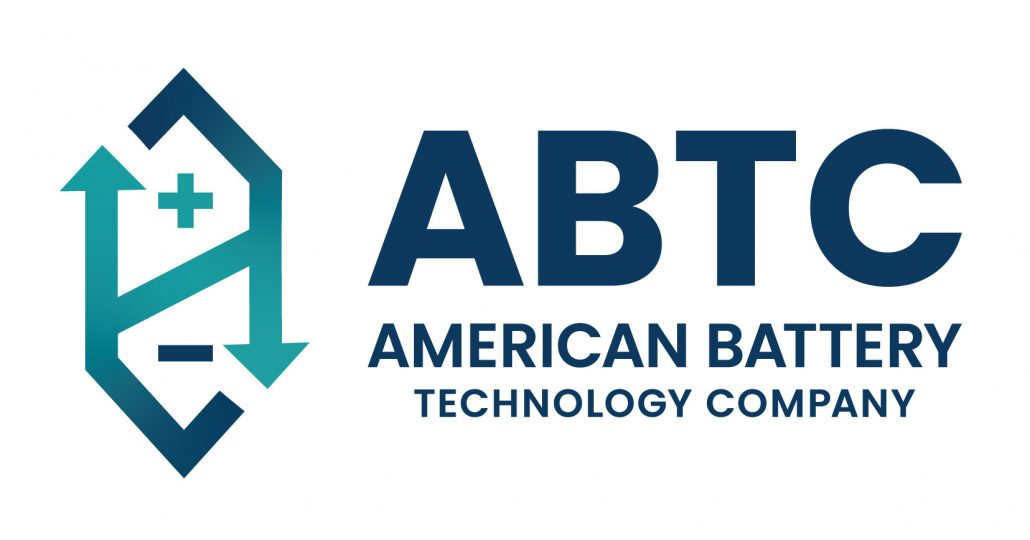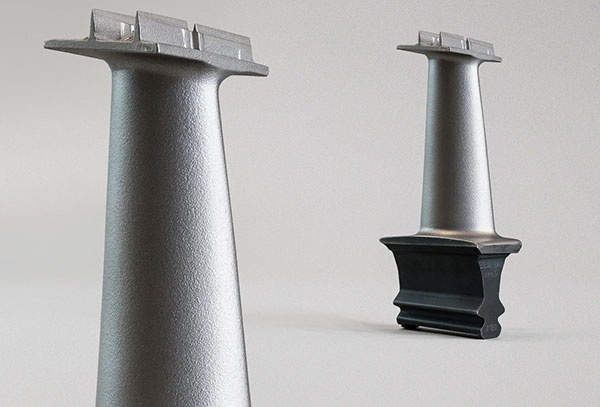
Promoting Recyclability in Next-Generation EV Batteries
American Battery Technology Co. (ABTC) has launched a “Design for Recyclability” category as part of the U.S. Department of Energy’s (DOE) Battery Workforce Challenge. This initiative invites 12 North American teams to design lithium-ion battery packs for the 2024 Ram ProMaster electric vehicle (EV), donated by Stellantis. ABTC aims to make recyclability a priority, ensuring that valuable materials are recovered and reintegrated into the North American supply chain at the end of their life cycle.
Shaping Battery Designs with Recyclability in Mind
ABTC focuses on shifting engineers’ attention to recyclability from the beginning of the design process. Traditional designs often ignore the ease of disassembly, leading to wasted materials. By prioritizing recyclability, ABTC hopes to create high-performance, sustainable batteries. Using 3D modeling and dynamic simulations, students can design battery packs that are easier to recycle. This will reduce waste, lower lifecycle costs, and allow recycled materials to flow back into the supply chain.
Maximizing the Residual Value of Battery Packs
Ryan Melsert, CEO of ABTC, emphasizes that considering the end-of-life value is crucial when designing EV batteries. Furthermore, he believes that embedding recyclability early in the design process can significantly improve both the efficiency and sustainability of battery production. As battery technology evolves, recyclability must be embedded into the design process. This early focus can reduce recycling costs and improve material recovery rates. By designing with recyclability in mind, ABTC believes it can lower the environmental impact of EV battery production. Over time, this will make electric vehicles more cost-effective and sustainable.
Supporting Workforce Development and Sustainability in the EV Sector
ABTC also focuses on workforce development to support the growing EV and battery industries. The company is helping establish regional training hubs across the United States. These hubs will reskill and upskill workers for jobs in battery manufacturing, recycling, and EV production. As a result, ABTC ensures that technicians and engineers are ready for the evolving green energy sector.
Sustainable Practices and Tools for Battery Lifecycle Assessment
To assist students in their designs, ABTC provides access to advanced tools like Argonne National Laboratory’s BatPaC, Greet, and EverBatt models. These tools help students assess the environmental and economic impacts of their designs. By evaluating life cycle greenhouse gas emissions, students can ensure that end-of-life materials are properly recycled. This approach teaches students how to balance performance with sustainability, aligning with ABTC’s goal to advance circular economy practices in the battery and EV industries.











Leave a Reply
You must be logged in to post a comment.